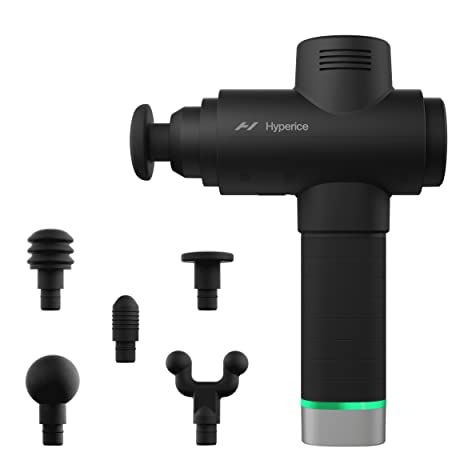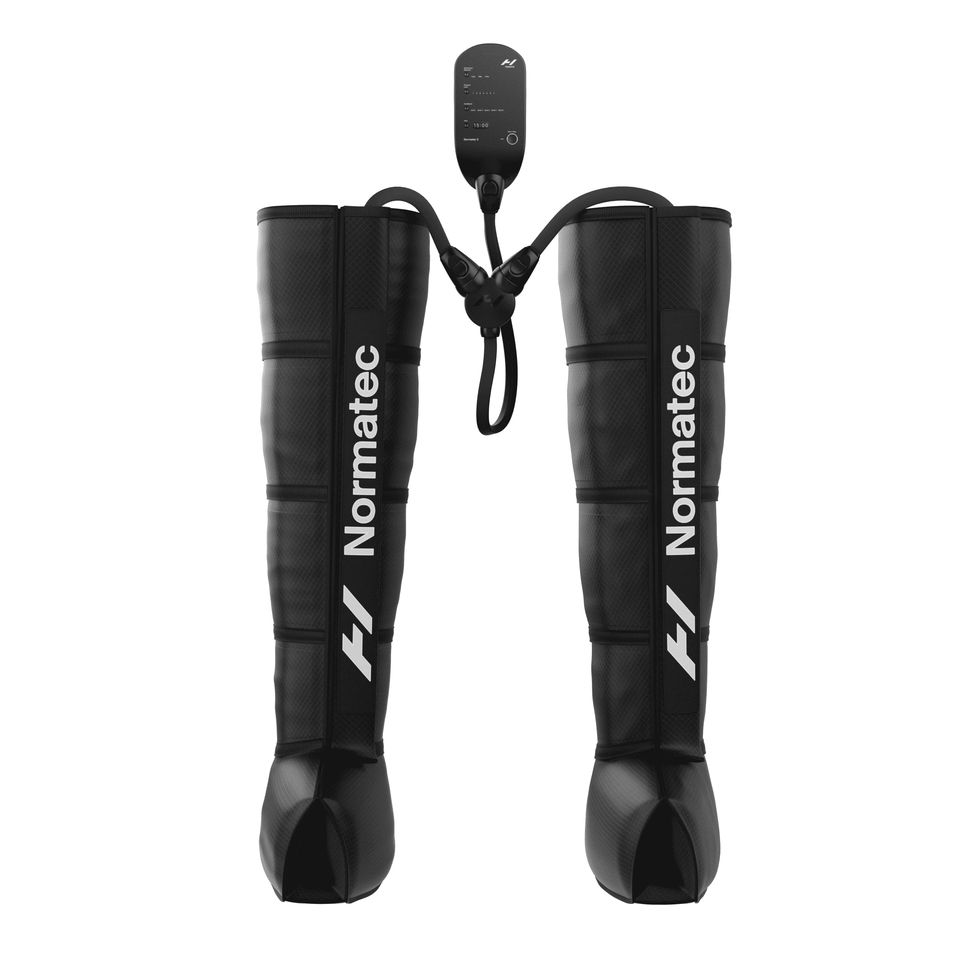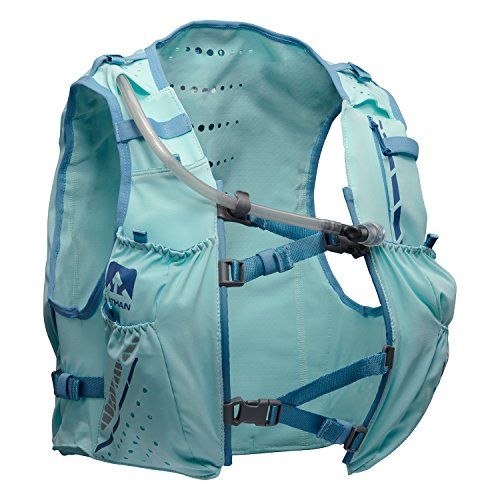With 20 marathons under her belt, Des Linden, 37, set her sights on the 50K (31.06 miles) this week. Not only did she successfully race the distance for the first time, but she also crushed the 50K world record, finishing in 2:59:54, more than seven minutes ahead of the existing record of 3:07:20, set by British ultrarunner Aly Dixon on September 1, 2019. Yep, that means she averaged 5:47 per mile pace.
Running an ultra is a great challenge, especially for seasoned marathon runners like Linden, and it’s one that can change the way you run for life—even if you’re not running her lightning-fast splits. Although the distance may seem intimidating at first, once you begin to train, it will feel familiar and more like a slightly altered marathon program. To help you get started, here are 10 tips you need to know to train for and transition to your first 50K ultramarathon.
Join Runner’s World+ for more training tips and racing advice!
Pick the right race for you.
Selecting an ultradistance race depends on your taste for adventure. It is much easier to race in an environment and climate similar to that in which you train. While it may be tempting to travel to an ultra in an exotic locale with a dramatic course profile, that allure can quickly turn into more challenge than you bargained for when the effects of unfamiliar altitude, temperature, humidity, footing, hills, or other factors take their toll over many hours. Trail ultras tend to dominate race calendars because the more forgiving surface has less of an impact than that of roads (see trail-specific tips below). However, trail races frequently entail grueling climbs and descents, so those running their first ultra would do well to choose a moderate trail course.
Then train specifically.
The more closely you simulate the terrain you’ll be racing on in training, the more prepared you’ll be. Do your research on the course to identify the hills, altitude, weather, and level of technical difficulty (if trail). Will the course be flat or roll up and down gradual hills? Is it a typically hot and humid or dry climate? Will you be running on singletrack (narrow trails) with tree roots and rocks? The more you know, the better you can tailor your training to weave in similar terrain and optimally prepare your body and mind for race day.
Modify your long run strategy.
Yes, in order to race longer, you need to train longer, but you don’t need to go crazy. You can run lots of super long runs well beyond the 31-mile race distance, but just because you can, doesn’t mean you should.
Building your mileage base and preparing for the increased stress of hours on foot should be a gradual affair. Mix up your long run strategy by running a single long run one weekend as you did for marathon training, followed by a back-to-back (or “brick”) series of long runs the next weekend (ex: 10 miles Saturday + 6 miles Sunday), followed by a cutback long run (8 to 10 miles) the next.
Continue to build the long endurance runs to 24 to 26 miles (single long run) and the back-to-back long runs to 14 to 16 miles Saturday + 8 to 10 miles Sunday. This three-week cycle allows you to run long and slowly for the continuity in the single long run, slightly faster and on tired legs the second weekend, and recover on the third weekend. Remember to build these long runs gradually just as you did for the marathon training.
Mix it up and focus on active recovery.
If you invest most of your energy for the week in running long, you will also need to invest most of your energy in recovery. Active recovery is the real key to ultra success. Balance out your training with a variety of workouts, and you’ll improve your stamina, endurance, strength, technical skills and recover more efficiently so you can train harder for longer.
An ultrarunner’s weekday will often include recovery runs; some “speed,” which might translate to anywhere from 10K to marathon pace, active rest, cross-training, hill workouts, and some shorter tempo runs. Weight training, swimming, cycling, and other activities that strengthen the upper body and build muscle mass without impact on the joints will help to round out your ultramarathon training.
Don’t skimp on core-strengthening exercises and mobility work, either, as it will keep you balanced, healthy and improve your body’s ability to run longer with greater durability. If you are planning to continue to run on roads for training and racing, it’s wise to stick with at least 40 percent of your training on the harder surface as you’ll maintain the ability to withstand the impact forces.
Make friends with walking.
Shoes & Gear walking in training and on race day. Power walking allows you to pace yourself evenly, dim the intensity on hilly (or technical trail) terrain, and move more efficiently for longer periods of time. Some ultra athletes set their watch alarms and perform run-walk intervals (ex: run 5 minutes/walk 1 minute or run 15 minutes/walk 4 minutes) while others run by the terrain, running the flat and predictable sections and downhills, and walking the uphills or highly-technical parts. The latter strategy works very well for rolling, hilly courses.
Weave in training races.
It is a common strategy among ultrarunners to weave a number of “training” races into their schedules. Training races can either be organized events or group runs that challenge you to perform at a threshold pace. Running such prep races helps to develop the efficiency, speed, strength, and endurance that are so important to ultrarunning.
A word of caution: As you do all of this training and racing, listen carefully to your body. Ease off if you feel you are hitting a bump in your training. There is a risk of overdoing it or suffering from the first signs of an injury. Overtraining is often the most common mistake among even experienced ultrarunners, and obsession often leads to “quantity over quality” training and racing where performance can drag, plateau, and even degrade.
Get self-supported.
Although the ultra course will likely have fully-stocked aid stations (think: bananas, pickles, PB&Js, chips, sports drink, water, electrolytes, and more), you will need to carry fluids and gels with you on the trail. Fueling for an ultra is way different than a marathon because you will be out there longer (due to the longer distance and the demands of the course). Find the right balance of fuel for you during your training and learn the hydration system that works for you.
Dial in your gear.
Unique to ultras, you will also need to consider such items as a flashlight or headlamp for running in the dark (depending on the timing of the race), lubricant, hydration systems, gels and/or energy bars, rain and sun protection, hats, and gaiters. If the ultra you will be running allows for drop bags at different points along the course, then you’ll need to think about what spare supplies you will want to place in those bags.
Tips to Help You Train for Your First 50K Ultramarathon running shoes should not be brand new, but you don’t want to run in a shoe that is broken down or one with a midsole prone to compressing after a few hours of running, either. Because your feet are apt to swell during your ultra, it is advisable to wear shoes a half size larger than normal.
Reduce stress levels.
More so than shorter races, ultramarathons require sustained concentration and focus. To make finishing more likely, you should consider pre-running the route or parts of the route in stages or, at least, familiarizing yourself with a course map, studying the topography to learn where the major hills and challenges lie. Try to reduce your background stress level as you enter the final week before the race and spend some quiet time to visualize the course the night before the event.
Race like the tortoise, not the hare.
How to Adjust Your Run Schedule After a Big Race ultramarathon race is in your pacing strategy. Because any given mile could be flat, rolling, muddy, technical, it is impossible to race by your watch at a specific pace (unless of course you’ve trained on the course and know it by feel but even then, it will be hard). Rather than relying on your watch, use your natural pacing instincts and run by effort. Learning to race by feel will have a tremendous impact on all your other races as it will teach you to run from within and through any racing condition and cross the finish line at your strongest.
Break the race up into three parts and color code them. Run a light green for the first third where you can’t hear your breathing and you’re at a happy effort. Run the second part of the course at an orange where you can just start to hear your breathing but still running at a moderate and controlled effort. Finish the third section in the red where you can hear your breathing, but you know you are in the last part and have the energy and stamina to push hard to the end. If you invest in the final act (third section), it will pay off in many hard, but happy miles in the end, not to mention a fantastic finish line photo!
One bonus tip for trail ultras: Run with the ryhthm of the trail.
The greatest part of trail running is it teaches you to run by the terrain rather than your watch. It doesn't mean you have to toss your watch aside, it simply means your normal pace won’t mean much on a winding, technical singletrack trail. Set a goal to run by effort (how you feel, breathing, heart rate) rather than pace. This can and will change the way you run forever. One, because you end up running your best effort on any given day (hot, humid, cold, low energy) and two, it gives you a sense of freedom that empowers you to explore beyond your numerical limits.
It also allows you to train simply by matching your effort to the planned workout for the day (easy, moderate, hard) versus trying to run at a planned pace that may or may not be optimal for the day. For example, the training plan calls for a 60-minute trail run tomorrow; it is going to be 95 degrees, and you haven’t slept well all week. Rather than running at a planned 10-minute pace (which would cause you to go into a red line status), you run by feel, refer to your watch only as secondary information, and run at a pace that is optimal on that day (much slower). Because you are wise in running by effort rather than pace, your body rewards you with efficient recovery and allows you to run hard two days later when the weather cools and you get some sleep. Good stuff.





















